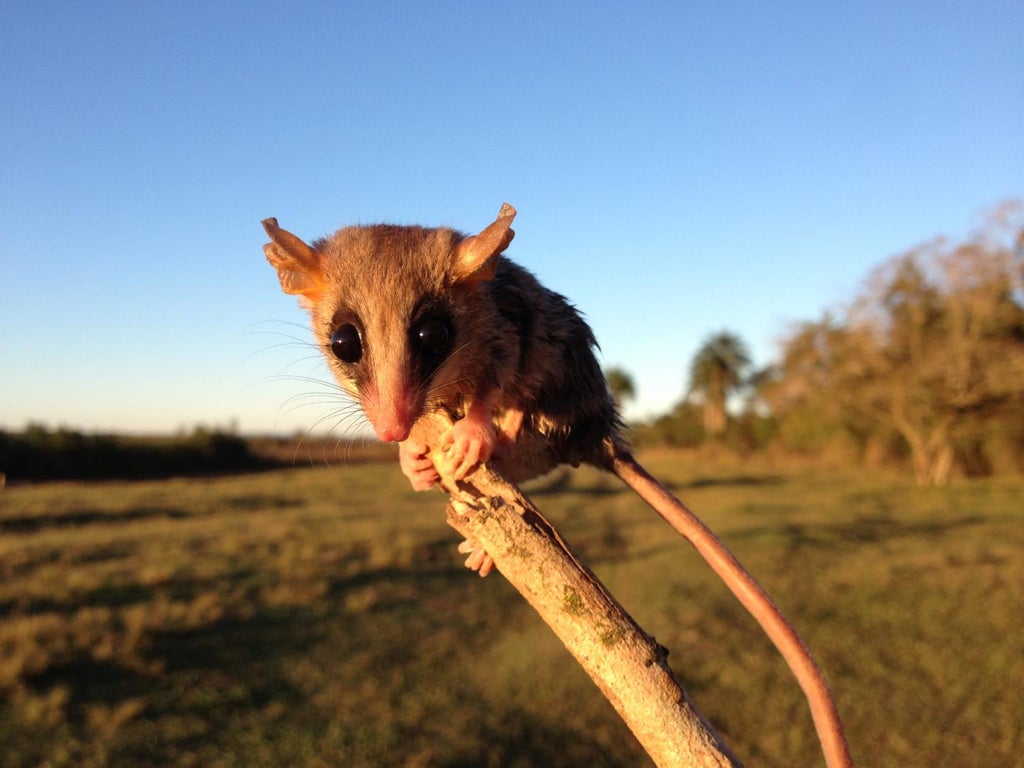
Hundreds of species of mammals remain as yet unidentified, hiding in plain sight worldwide, according to a new study that could help inform better conservation policies across the world.
Researchers, including those from Ohio State University (OSU) in the US, said most of these “hidden mammals” are small-bodied, many of them bats, rodents, shrews, and moles.
The study, published in the journal PNAS on Monday, noted that most of these mammals remain undiscovered since they are small and look so similar to known animals that biologists have not been able to recognise them as a different species.
“Small, subtle differences in appearance are harder to notice when you’re looking at a tiny animal that weighs 10 grams than when you’re looking at something that is human-sized,” study co-author Bryan Carstens, a professor of evolution, ecology and organismal biology from OSU, said in a statement.
“You can’t tell they are different species unless you do a genetic analysis,” Dr Carstens added.
In the research, scientists used supercomputer and machine-learning techniques to analyse millions of publicly available gene sequences from 4,310 mammal species, as well as data on where the animals live, their environment, life history and other relevant information.
Using this approach, they built a predictive model to identify the groups of mammals that are likely to contain hidden species.
“Based on our analysis, a conservative estimate would be that there are hundreds of species of mammals worldwide that have yet to be identified,” Dr Carstens said.
Scientists said that only an estimated 1 per cent to 10 per cent of Earth’s species have been formally described by researchers.
When researchers particularly looked at where these new species could be found, they found that most of the unidentified mammals are likely to be found in the families of small-bodied animals, such as bats and rodents.
The model also suggested hidden species would most likely be found within species that have wider geographic ranges with higher variability in temperature and precipitation, as well as tropical rain forests where most mammal species are already known to occur.
Scientists said the findings are important for conservation efforts.
“We can’t protect a species if we don’t know that it exists. As soon as we name something as a species, that matters in a lot of legal and other ways,” Dr Carstens said, adding that around 80 per cent of mammal species worldwide have been identified.
However, scientists added that mammals are very well described compared to beetles or ants, or other types of animals.
“We know a lot more about mammals than many other animals because they tend to be larger and are more closely related to humans, which makes them more interesting to us,” Dr Carstens said.







